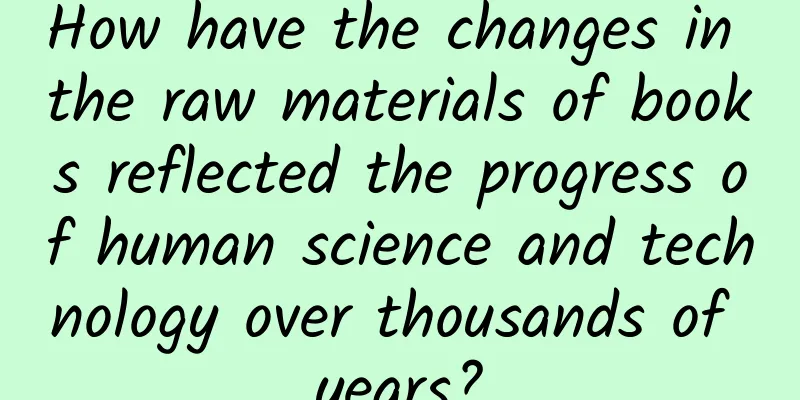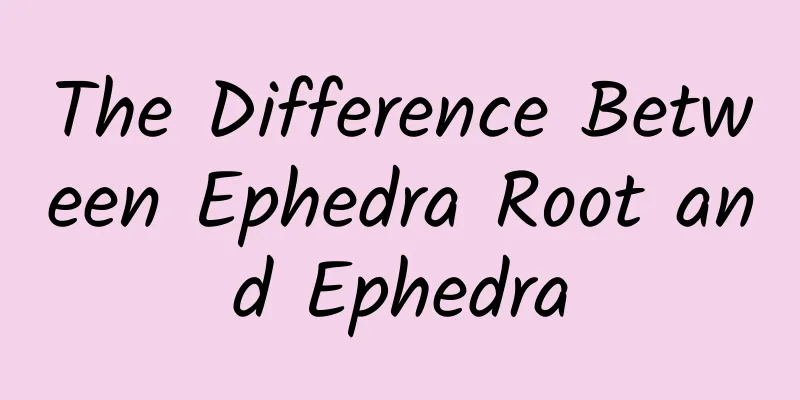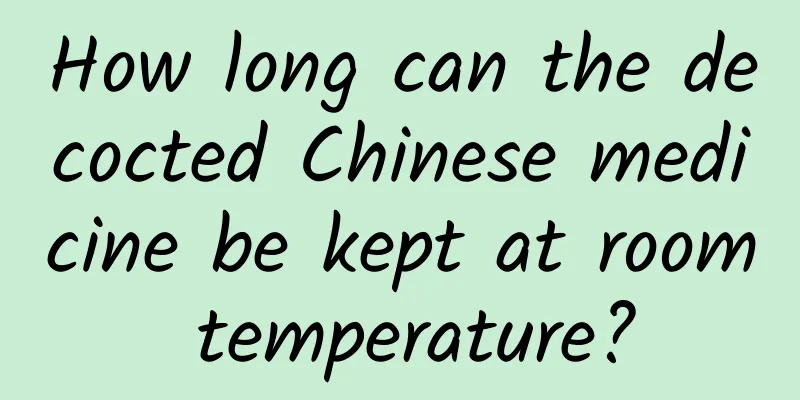How have the changes in the raw materials of books reflected the progress of human science and technology over thousands of years?

|
Let's do a little survey. How do you read books now? Paper books, e-books, or audiobooks? Nowadays, people read books in a variety of ways, but if this question was asked 20 years ago, the answer would be yes - paper books. In just 20 years, the way people read has changed dramatically. However, looking back at history, the raw materials of books have actually been changing. From the oracle bone inscriptions of the Shang Dynasty more than 3,000 years ago, to the bamboo slips, wooden slips and silk books of the Qin and Han Dynasties, to modern paper and electronic texts, the changes in the raw materials of books have gone through a long and challenging process, which reflects the continuous progress of human technology. In the early days of human history, whether it was stories, gossip, or knowledge, this information was mainly passed on by word of mouth, and everything was recorded in the brain. However, as human society developed, information became more and more complex, and data became more and more massive, and the human brain could no longer record everything. Then writing appeared, and with it also appeared the carrier for recording writing. The earliest writing medium can be traced back to the Mesopotamian Plain in 3000 BC, when people used cuneiform characters to write on wet clay tablets. Later, hieroglyphics gradually appeared in China and Egypt, carved on oracle bones, bamboo slips, and stone tablets. In the Book of Documents, there is a sentence "Only the ancestors of the Yin Dynasty had classics and books", and the "classics" and "books" here refer to bamboo slips in terms of character shape. Although these book carriers have great defects in production and preservation, they are still important documentary records of that era. The picture comes from Tuchong.com Papermaking appeared in the Western Han Dynasty. Around 105 AD, Cai Lun improved the papermaking technique. Making paper not only improved the efficiency of text recording, but also enabled books to be mass-produced. With the popularization of paper, paper-manuscripted books began to appear. Early paper-manuscripted books and paper-printed books that began to appear in the Tang Dynasty were mostly scroll-bound books. In the Tang and Song Dynasties, there were also book binding forms such as Fanjiao binding, Jingzhe binding, butterfly binding, and whirlwind binding. By the Ming Dynasty, thread-bound books were popular. Since paper was cheaper, easier to make and store than bamboo and wooden slips, books became easier to circulate and popularize. Until the Middle Ages, the production of books in Europe was still very limited. Handmade books meant that they were very expensive. In Europe, it took at least 15 months to copy a Bible, and the cost was almost equivalent to the price of a house. This also made books very expensive and only a few people could own them. Until around 1000 AD, Bi Sheng of the Northern Song Dynasty invented movable type printing, but there were not many books printed using movable type in China. However, after movable type printing technology was introduced to Europe, especially after the Gutenberg movable type printing technology was invented, the production of books underwent a revolutionary change. Through movable type printing technology, the production time and cost of books were greatly reduced, so that books were no longer exclusive to the powerful class. After the Industrial Revolution, large-scale printing presses further reduced the cost of paper books, making them affordable for almost everyone. The picture comes from Tuchong.com In the 21st century, the advancement of electronic technology has made the production and circulation of books reach an unprecedented speed and scale. Digital technology not only reduces paper waste and pollution, but also allows readers to easily access various documents and information around the world anytime and anywhere, and can also carry a large amount of content with them, which is very convenient. Every change in the raw materials of books reflects the historical trajectory of human technological progress. From bamboo slips, wooden slips to paper, and then to movable type printing and electronic books, the emergence of each new technology has made book production and circulation more convenient and efficient. At the same time, the development of these technologies has also promoted the continuous progress of human thought and civilization. This article is a work supported by Science Popularization China Starry Sky Project Author: Duan Yulong Reviewer: Wang Yangzong (Director of the Research Center for the History of the Chinese Academy of Sciences) Produced by: China Association for Science and Technology Department of Science Popularization Producer: China Science and Technology Press Co., Ltd., Beijing Zhongke Xinghe Culture Media Co., Ltd. |
<<: We are all pursuing high emotional intelligence, so why do we insist on low entropy in life?
Recommend
Northern Lights visible in 17 states of the U.S.? Thanks to solar storms!
Author: Duan Yuechu Your browser does not support...
What is Botox? How dare you inject it into your face?
People who love beauty must know about Botox. Man...
The efficacy and function of Panax notoginseng saponins
Panax notoginseng is also known as Tianqi. Li Shi...
The efficacy and function of duck blood
Duck blood is a very common medicinal material in...
The efficacy and function of Bupleurum chinense
Bupleurum chinense is a common medicinal material...
What Chinese medicine is good for nourishing the stomach
Poor stomach is a problem that many people have, ...
What are the contraindications for taking Chinese medicine?
Traditional Chinese medicine has a mild nature bu...
Where is the most brilliant starry sky? China's large optical observatory is located on the Qinghai-Tibet Plateau
Looking up at the stars is the oldest human behav...
We can generate electricity by relying on the rotation of the earth, and even make the earth rotate slower. Do you believe it?
Physicists have come up with an innovative idea -...
Congratulations! Zhai Zhigang, Wang Yaping, and Ye Guangfu were awarded the Space Merit Medal
CPC Central Committee State Council Central Milit...
What are the effects and functions of gourd tea
Hulu tea is the name of a traditional Chinese med...
What is the medicinal value of gypsum
I believe that everyone has a certain understandi...
How effective is He Shou Wu in treating gray hair?
The premature graying of hair always brings a lot...
Have you heard of the "Zodiac Mushroom"? Come and see if your zodiac sign is among them
Produced by: Science Popularization China Author:...
The efficacy and function of Terminalia chebula kernel
Terminalia chebula kernel is a traditional Chines...









